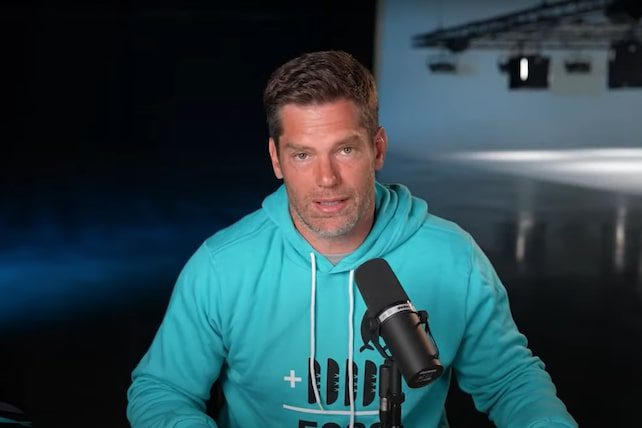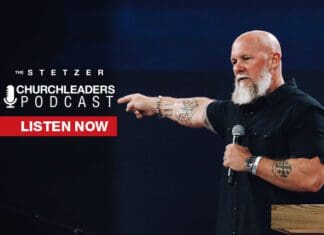Is now the right time to launch small groups? An ill-timed launch is nearly as bad as no small group launch at all. You probably launch groups along with everything else in the fall and in the New Year. Those are great windows to launch groups, so what’s the problem?
In most churches, the senior pastor wants to kick off a big fall series as soon as everyone has settled back into church. The pastor will give a “State of the Church” message right after New Year’s Day, then launches into a major sermon series. If these sermon series are aligned with a small group launch study, then when do you recruit group leaders? And, when do you form groups? Before everybody gets back?
When a Bad Group Launch Is Worse Than No Small Group Launch
Let’s say that everyone is back onsite in the fall around mid-August. This will vary from church to church by a few weeks either way. If your pastor plans a big fall kick off with a sermon series starting in mid-August, you have to recruit leaders and attempt to form groups in July and early August. For most churches that means you are trying to recruit leaders when many of your people are on vacation.
The same goes for the New Year. If your series begins in early to mid-January, then you are recruiting group leaders and forming groups in December. But just in case you haven’t discovered this: nothing happens in December expect for Christmas. This small group launch planning can apply to Easter as well.
Attempting to recruit leaders in the middle of summer or in December is completely futile. (Okay: maybe you recruited a couple of leaders once, but for the most part, it’s futile.) You have to recruit leaders and form groups when your people are actually back. What does this mean?
If your people are back in church physically and mentally in mid-August, then start recruiting group leaders in mid-August. But what happens to your senior pastor’s fall kick off? Your pastor can still launch the fall with a great sermon series, but wait to align your small group study with the NEXT sermon series (provided your pastor doesn’t do 20-week sermon series). You recruit group leaders in mid- to late August. You form groups in early September. You launch groups with a sermon-aligned study in mid-September.
Here’s a Great Result
One church in my Small Group Ministry Coaching Group made this adjustment and went from 30% of their adults in groups to 42% in groups just by launching with the next series instead of launching with the kick off series. At our church in California, our people weren’t back until after Labor Day. We recruited group leaders in September. Our Connection event to join groups was in early October. We launched our six-week aligned series on the second Sunday in October with it finishing just before Thanksgiving. Our next study started in late January or early February. The groups focused more on group life between Thanksgiving and New Year’s Day.
But, What About Semester-Long Studies?
And, this strategy relieves another problem for you: every group and every ministry wants to launch all at once. By delaying your aligned series launch for a few weeks, people can sign up for Financial Peace, Rooted, or a Beth Moore study first, then you can recruit the remainder of folks to lead or join series-based groups. After all, a group is a group is a group. As long as they’re doing something intentional about their spiritual growth, does it matter what type of group they’re in? Everyone certainly doesn’t need to do the same thing.
Think About This
Recruiting leaders takes a lot of time and effort. By adjusting your alignment schedule, you put in the same amount of effort, but you get a better result simply by changing the timing. As long as your fall series ends by Thanksgiving and your New Year series ends by Easter, you’re in really good shape.
What does your fall church calendar look like? How can you make this adjustment to maximize your recruiting?
This article on timing a small group launch originally appeared here, and is used by permission.






















